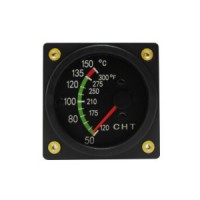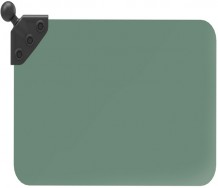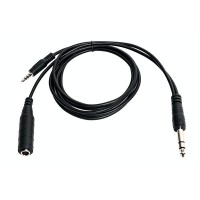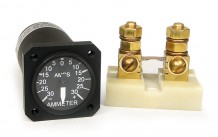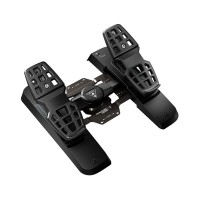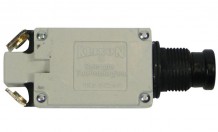FREE SHIPPING ON ORDERS OVER $350 (SOME EXCLUSIONS APPLY) | 877-4-SPRUCE
Model B-25
$239.95/Each
Part# 13-10478
MFR Model# AB25PTS
MFR Model# AB25PTS
Overview
|
This collectible B-25 represents Panchito a B-25J operated by Ragwings and Radials and painted in the scheme of the original Panchito that flew 19 missions with the 7th Air Force. This detailed model B-25 shows the medium bomber that struck Americas first blows against Japan in World War II and offered a valuable morale boost to the nation. Painstakingly built from Philippine mahogany by our skilled craftsmen with a wealth of detail, this 1/41-scale model of Panchito makes a great aviation gift for any pilot, enthusiast or history buff. The B-25 Mitchell was one of the most widely produced aircraft of World War II, serving in every theater in a variety of configurations. The twin-engine Mitchell made the first strikes against Japan during the famed Doolittle Raid in 1942; served in Europe, and became deadly ground attack aircraft when fitted with up to 14 forward-firing machine guns. Development of the B-25 began in the 1930s as an outgrowth of North American Aviations XB-21 project. The new aircraft, called NA-40 by the company, was evaluated by the Army Air Corps in 1939 and ordered into production as the B-25. The B-25 was an inch under 53 feet long, with a wingspan of 67 feet, 6 inches. Powered by two Wright 2600 Twin Cyclone engines developing 1,850 horsepower each, the B-25 had a maximum speed of 275 mph and a combat radius of 1,350 miles. Armament could include up to 6,000 pounds of bombs; eight 5-inch rockets; a torpedo, and forward firing machine guns or cannon. Versions of the B-25 fitted with up to 14 forward-firing .50-caliber machine guns proved devastating to Japanese shipping, and strafing and parafrag attacks proved valuable for attacking airfields. Maj. Paul ""Pappy"" Gunn developed many of the innovations that made the Mitchell a devastating attack aircraft, pioneering the strafing modifications, as well as skip-bombing techniques against shipping. Mitchells would come in at low-level, guns blazing, as pilots kicked rudder pedals to walk rounds along the waterline of Japanese ships and to suppress anti-aircraft fire. Crews would drop their delay-fused bombs before they roared just above their targets. The bombs would skip along the surface, hit the ship and sink before exploding underwater, ripping open the underside of the vessel. Almost 10,000 B-25s were produced, and the tough bombers served with many nations. Following World War II, many B-25s landed in long-term storage while others continued to be used as trainers, recon aircraft or in support roles. The last B-25 in the Air Force was retired in 1960. The original Panchito, flown by Capt. Don Seiler in the 396th Bomb Squadron, gained its name from the feisty Mexican rooster in the Disney cartoon, The Three Caballeros. The present-day Panchito was delivered to the Army Air Forces in February 1945 and served in various roles until 1959, when it was sold to its first civilian owner. Panchito served as a firefighting tanker, then as a mosquito spray bomber. After restoration, Larry Kelley of Ragwings and Radials eventually purchased the Mitchell and has operated it since 1997. On April 18, 2010, Kelley and Panchito led a formation of 17 B-25s in an aerial flyover at the National Museum of the United States Air Force in honor of the 68th anniversary of the Doolittle Raid the B-25s finest hour. |
WARNING: Cancer and Reproductive Harm - www.P65Warnings.ca.gov. |
Q&A
Please note, Aircraft Spruce ®'s personnel are not certified aircraft mechanics and can only provide general support and ideas, which should not be relied upon or implemented in lieu of consulting an A&P or other qualified technician. Aircraft Spruce ® assumes no responsibility or liability for any issue or problem which may arise from any repair, modification or other work done from this knowledge base. Any product eligibility information provided here is based on general application guides and we recommend always referring to your specific aircraft parts manual, the parts manufacturer or consulting with a qualified mechanic.


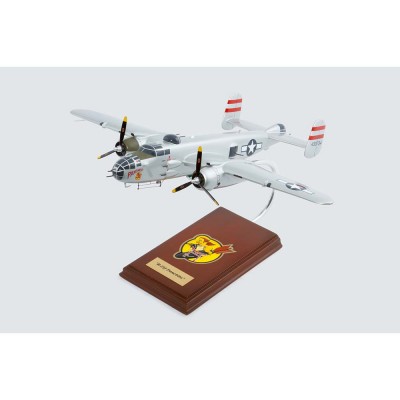





 FREE Shipping
FREE Shipping

